Discovering Novels Inspired by a Paris Pearl Exhibit
Themed reading is one of my not-so-secret pleasures in life. It constructs the perfect frame for escapism and gives me the opportunity to explore subjects I would have probably ignored without a specific project in mind. The Universe has a funny way of bringing the subjects to my attention, it can be through a news article, a conversation, while I browse the shelves of my favourite book shops or even when I’m listening to music.
This March, it all came together after I visited an art exhibition, so let’s start from the very beginning, I hear it’s a very good place to start.
Nestled between the stock exchange and the shopping epicenter of the Boulevard Haussmann, we enter a quiet and typical Parisian courtyard, completely unaware of the treasures hidden inside. Welcome to L’Ecole des Arts Joailliers, School of Jewelry Arts. Founded in 2019 with the support of the historic Parisian jeweller Van Cleef & Arpels, this is a place that aims to share the culture of jewelry both in France and around the globe. With courses and conferences covering both the history of jewellery, gemology or jewellery design to name just a few, this is a paradise for those fortunate enough to afford a course. But if you simply wish to marvel at the beauty concocted by artists through time, the school offers temporary exhibitions free of charge that show the Van Cleef & Arpels historic collections, as well as masterpieces on loan from other great jewellers and even from museum collections.
The current exhibition has been a true inspiration for the reader in me, but also for the admirer of beauty. Paris, City of Pearls is a brief yet admirable introduction into the fascination for pearls that dominated the luxury industry and Parisian culture for decades. Much like a pearl diver, the visitor is submerged into the deep mysteries of the shells right from the first room of the exhibition, with an overview of the different mollusks that are able to produce pearls, as well as the tactile experience of touching the precious drops, in a sensory introduction that feels almost forbidden in its originality. I knew right then and there that this would be a moment of pure inspiration.
Hundreds of historical pieces from about twenty of the most prestigious lenders, such as the Paris Museum of Decorative Arts, the Petit Palais – Fine Arts Museum of Paris, heritage collections of the Maisons Van Cleef & Arpels, Cartier, Lalique and Fred, or the exceptional Albion Art private collection, retrace the history of a pearl mania at the beginning of the 20th century. The jewellery is wonderfully complemented by the archives, paintings or reproductions of illustrations from period women’s magazines that perfectly describe the enchantment and attraction for pearls at the time.
This is the perfect example of small themed exhibitions that have a magnetic power over the visitor. You have the luxury of returning in front of certain pieces, looking at them with a fresher perspective than the first time around, observing your own reaction to shapes and colours that you couldn’t even imagine. In the end, I feel that Fellini’s reflection on art suits this exhibition perfectly : All art is autobiographical; the pearl is the oyster’s autobiography.
Have a look at the full photo gallery of my visit HERE.
After the visit, I felt drawn to the atmosphere of the first half of the 20th century, so I started reading and re-reading in order to suit my mood. And what I picked up first was my old, yellow paged copy of Françoise Sagan’s Aimez-vous Brahms.. Translated into English just a year after its release in France, this is one of the most well known novels of Sagan, together with her phenomenal debut novel Bonjour Tristesse, and Un certain sourire of which I spoke here a few years ago.
Aimez-vous Brahms.. is the story of a love triangle, one that almost defines the world’s image of Paris in the 50’s and 60’s. Our three characters are stereotypical Parisians of the upper-middle class : Paule is a 39 year old interior designer, her lover, Roger, a businessman who cherishes their relationship yet still amuses himself from time to time with a young artist or other, and Simon, a young attorney coming from a wealthy family, bored with life and obsessed with Paula.
His invitation to a Brahms concert in an attempt to conquer her becomes the rather enigmatic title of the book, that little je ne sais quoi that Sagan used as her personal trademark for a world that she both loved and satirised.
The novel reads like a three sided view on the idea of solitude : what are we willing to accept in exchange for company ? Love vs Habit vs Obsession. Each one of our characters has their own answer to the question, making the reader reflect on their own views. The atmosphere that Sagan conjures up in the novel is both fascinating and sorrowful : the worldly parties, the night clubs where couples would go dancing, the lightness of the 50s and 60s, combined with the smoky melancholy of Nina Simone’s blues.
There is something rather unique in the way that Sagan writes uneventful novels with captivating characters. A whole world mustered in one paragraph :
Aimez-vous Brahms?‘ It was one of these questions young men had asked her when she was seventeen. And no doubt she had been asked the same things later, but with no one listening to the answer […] Nowadays she took six days to read a book, lost her place, forgot music. She could not keep her mind on a thing, except fabric samples and a man who was never there. She was losing herself, track of herself; she would never be herself again. Aimez-vous Brahms? For a moment she stood by the open window; the sunlight hit her full in the eyes and dazzled her. And the little phrase, Aimez-vous Brahms, seemed suddenly to reveal an enormous forgetfulness: all that she had forgotten, all the questions that she had deliberately refrained from asking herself. Aimez-vous Brahms? Did she care for anything now, except her own existence?
I’m pairing this not only with my pearl earrings, but also with one of several recordings of the complete Brahms symphonies by the Berliner Philharmonic conducted by Herbert von Karajan. For years I’ve been under the impression that Brahms wasn’t my cup of tea, and funnily enough, this all changed after I heard his German Requiem at the Maison de la Radio in Paris, under the baton of Cristian Macelaru. There are still many sequences heavier than what I usually enjoy, but I’m slowly discovering the romantic era through Brahms’ eyes, it is a journey that I will certainly speak of again.
My reading continued with the third novel in the Cazalet Chronicles by Elizabeth Jane Howard, a saga that perfectly matches so many of the jewellery pieces I saw in the exhibition, since it portrays not only an era, but a variety of feminine characters that illustrate the times.
My Cazalet affair lives by a very peculiar schedule : I read the first one, The Light Years in March of 2023, continued with the second one, Marking Time, in January of 2024, and have just finished the third one, Confusion this March of 2025. By this rate, I should finish a series of 5 novels in 5 years, but no one’s keeping count, right ?
This five volume saga follows the life of the Cazalet clan and extended family, during World War II and in the years that followed. A well-off family of entrepreneurs, the Cazalet clan includes the aging parents, their unmarried daughter and their three sons with their own families, plus in-laws and the helping staff. The character list is extensive, which makes the story alternate between all of their destinies, intertwining with every passing year. The war established the family’s headquarters on their country estate in Sussex, while the men handle the family business in London and the women try to keep the children away from the reality of war. As the story progresses from one volume to the other, the children grow up and start searching for their own path in life, the war marks their destinies more and more, their universe changes along with the history that we already know.
What I enjoyed the most up until now while reading, is the old-fashioned tone of the writing. With a few exceptions on the critical tone regarding certain habits of the time, the series could have been written in the 50’s, when in fact, it started in the 90’s and ended in 2013 right before the passing of Elizabeth Jane Howard. I was about to say there’s something cosy about Country Life in the beginning of the 20th century, but that’s not entirely true. Europe was terribly challenged by the two great wars and still, so much of the literature depicting the time paints either the picture of family bonds that strengthened the people, or the image of a city night life that wanted to make the most out of every living moment, when facing the ultimate danger. The contrast between the sense of urgency in the violence of the war, and what seemed like a never ending period of anxiety, generated the ultimate carpe diem. So strange that in times of peace, we so often forget to enjoy the miracle of simply being alive.
Paying attention to the simple pleasures of everyday life is the single most important value I wish to communicate through all of the activities of The Ritual of Reading. And with a saga like The Cazalet Chronicles, I’m constantly reminded that we don’t need anything fancy in order to enjoy our day, the only essential thing is our intention to be present and our willingness to remark on the positive.
When I think of English country life, I close my eyes and picture the small kitchen of a charming cottage. The spruce furniture is light and cosy, with soft touches of pale green here and there that give it the fresh look of Spring mornings. Wartime food couldn’t afford to be surprising in any way, but the quiet ritual of a cup of tea and some toast would have warmed the hearts on any given day. So while I slowly continue reading my Cazalet Saga, I’m indulging in a ritual that might seem too elementary for some, yet in my view, perfectly captures the atmosphere in Elizabeth Jane Howard’s books.
Marmalade feels like the quintessential British treat, which seems ironic since citrus trees are not famous for their love of the British Isles. The name itself comes from Portuguese, and the most famous marmalade is made from Seville oranges, so everything about it points to the South, which is where the British started importing it in the 17th century, before the industrial revolution allowed for the fruit to be transported directly, making it more accessible for every budget.
Yet it is the older part of its history that got my attention, with the help of the ever so elegant establishment of Fortnum & Mason. Their range of marmalades is quite extensive, but the one that has the best story behind it is the Old English Hunt Marmalade. This is how I got to know about the Pytchley Hunt, an organisation dating back to the 17th century, with a glorious history continued today by the exceptional pack of hounds who carry bloodlines stretching back to the early days of the Hunt. It is to be noted that the Hunting Act of 2004 has greatly limited the hunting of wild mammals, which makes it easier for me to mention the subject. But today, we’re focusing on the past.
And it would seem that being such a famous gathering, the Pytchley Hunt was rather well documented ever since the 17th century. This is how we know that the pre-hunt breakfast praised the energy-giving properties of marmalade, a staple for the participants every year. This does evoke a great deal of images gathered from reading but mostly cinema : I can see the plad, the bonnets, the great excitement in the early hours of the morning; rows of teapots steaming with English Breakfast tea, piles of toast made from hearty sourdough bread and jars upon jars of dark, tangy marmalade.
My setting doesn’t exactly scream pack of hounds, but it does involve a nice cup of English Breakfast tea and some Old English Hunt Marmalade, as a ritual to remember that true luxury is right here : on an early Sunday Morning, with my book and my tea, reveling in the joy of being alive.
Last, but certainly not least, I wanted to mention my most recent audio book read, a joy to discover and such a perfect listen for a pearl adorned afternoon : Barbara Pym’s debut novel Some Tame Gazelle in the BBC dramatised version. The homely settled life of two unmarried sisters, with all the drama of life in an English village, the social conventions, the psychological profiles in this small community, it all makes for a very cosy read. But when you add the interpretation of great British actors like Miriam Margoyles and Hannah Gordon, the dialogues come to life and you find yourself immersed in the story. Suddenly, it’s tea time and the Bede sisters are hosting with all the panache that they can muster. The ladies are wearing their most beautiful strings of pearls, the gentlemen make polite conversation while the cakes are being served, and you feel like you’re really there.
The magic of dramatised books recorded for the radio is something that brings me back to my childhood. In Romania this is called radio-theater, and it was a rare delight during times of little entertainment. I’m bringing back those fond memories of evenings spent with family, listening to extraordinary tales, learning to recognise the voices of the greatest theater actors that I didn’t even imagine seeing on stage one day. The only difference is that now, I’m bringing diversity into this ritual, by alternating Romanian, French and English dramatisations. This is an infinitely rich source of escapism, and for the greater part free of charge. Have a look at all the radio apps available, you might find yourself instating a new ritual into your evenings.
This was my inspiration this Spring, brought on by an exhibition, and carried throughout all of my activities. I’m curious to know what pearls bring to mind for you. Is it the image of a jewel or an outfit ? Is it the perfume of an old aunt who used to wear them ? or maybe a soundtrack from a movie you love. Drop by in the comments, I would love to hear from you.
Until next time, enjoy your reading and your rituals.
Written by Alexandra Poppy
Writer, reader & curator of The Ritual of Reading
I’m Alexandra, the voice behind The Ritual of Reading. Somewhere between a stack of novels and a half-finished pot of tea, I keep finding traces of the life I want to live—slower, richer, filled with stories. The Ritual of Reading is where I gather what I love: books that linger, places with a past, and rituals that make ordinary days feel a little more meaningful. I write from Paris, where elegant bookshops and old-fashioned cafés offer endless inspiration—and I share it here, hoping it brings a spark to your own days, too.
Shopping List
If you would like to support The Ritual of Reading, please consider purchasing your books from the Bookshop.org dedicated site by clicking the link below. You get to support local bookstores and I make a small commission with every purchase. Thank you !

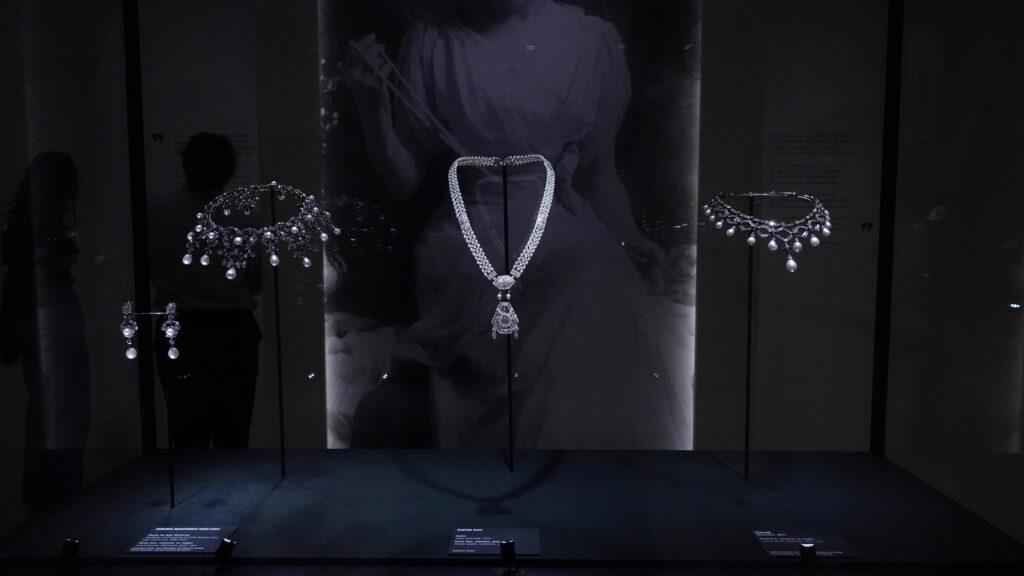
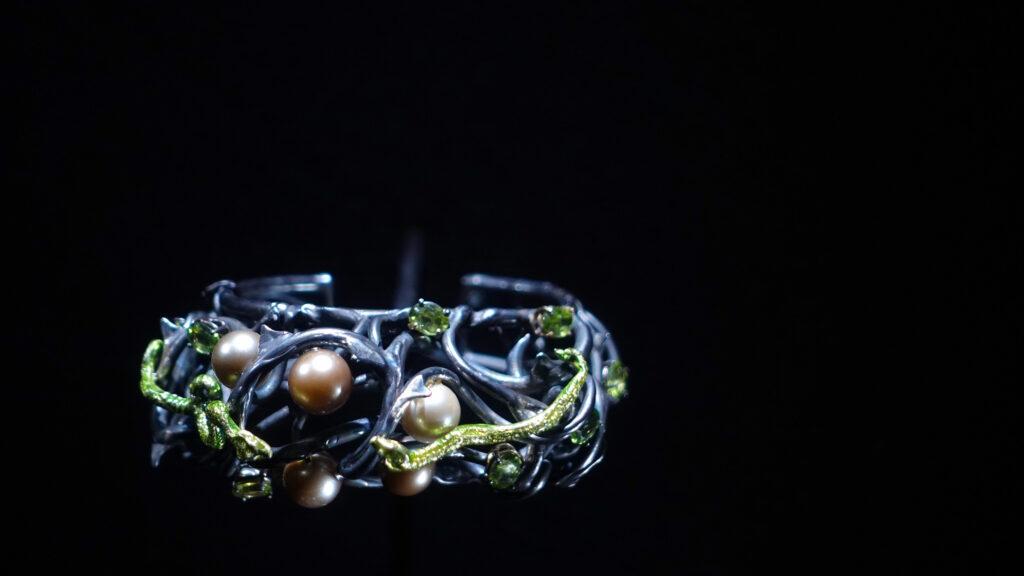
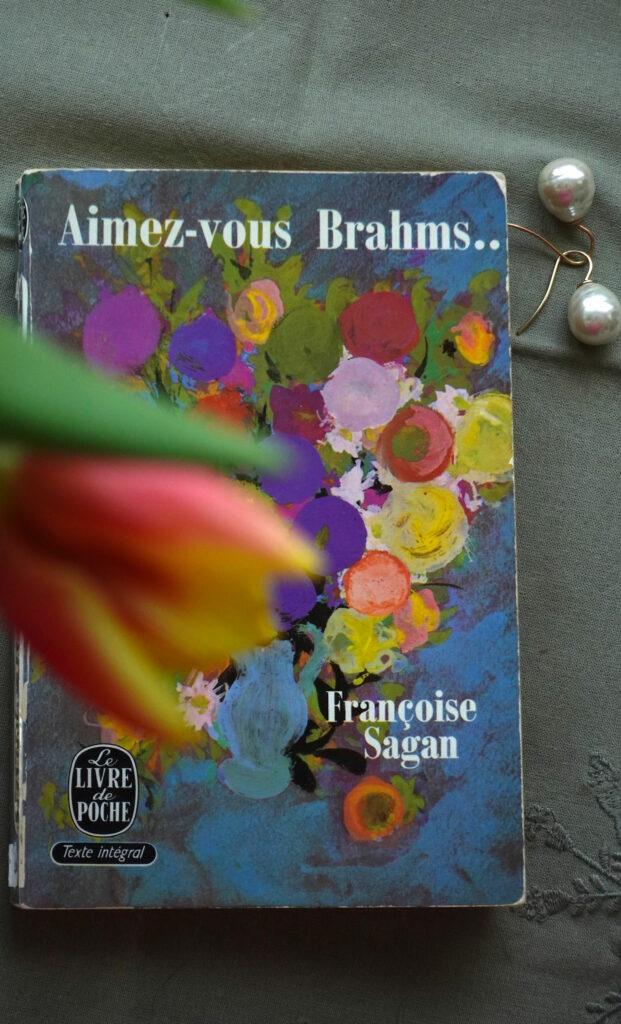
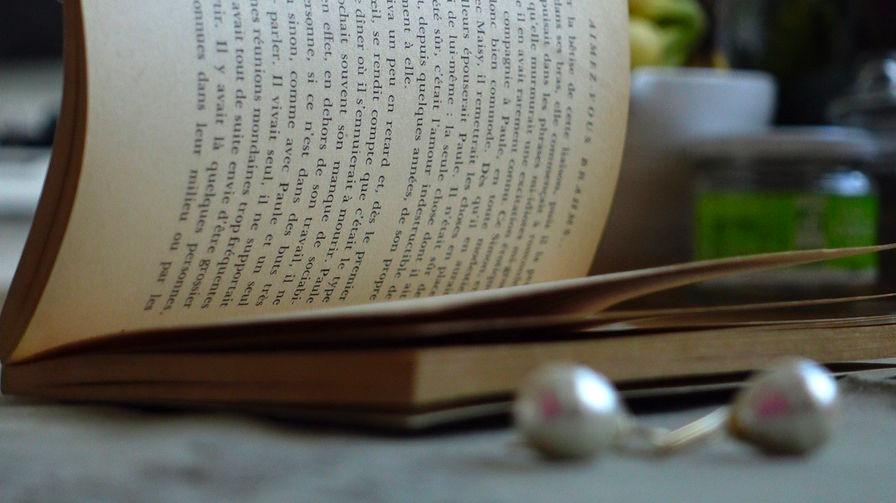
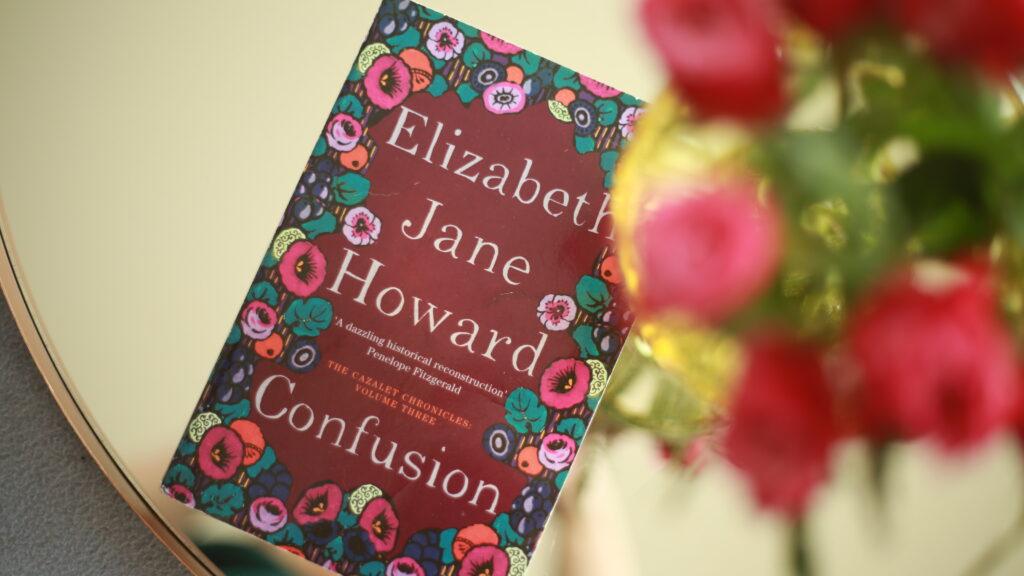
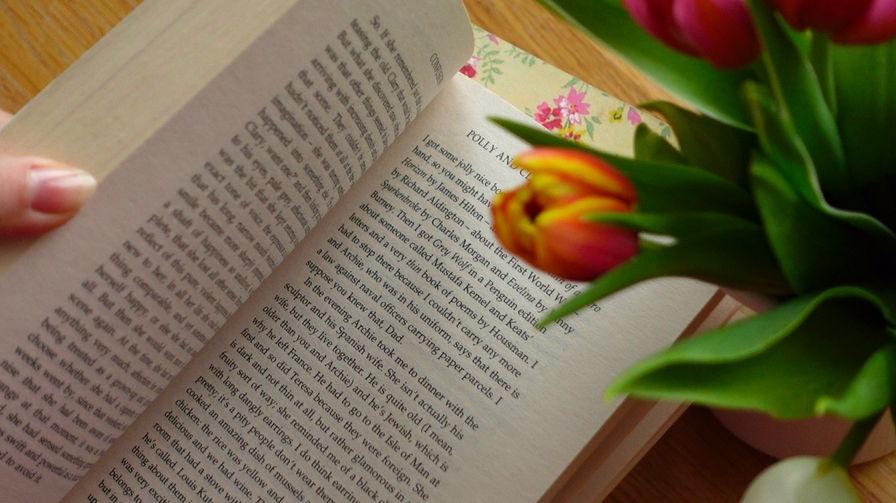
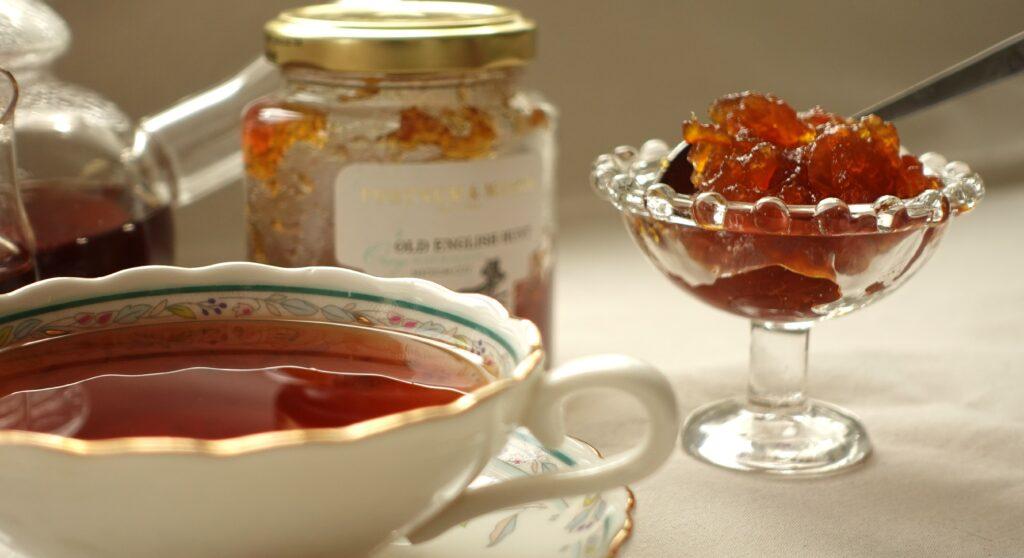
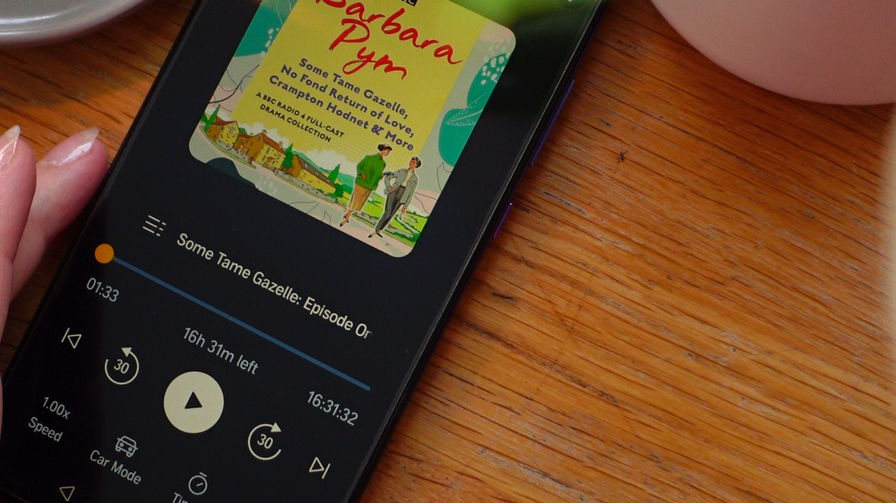


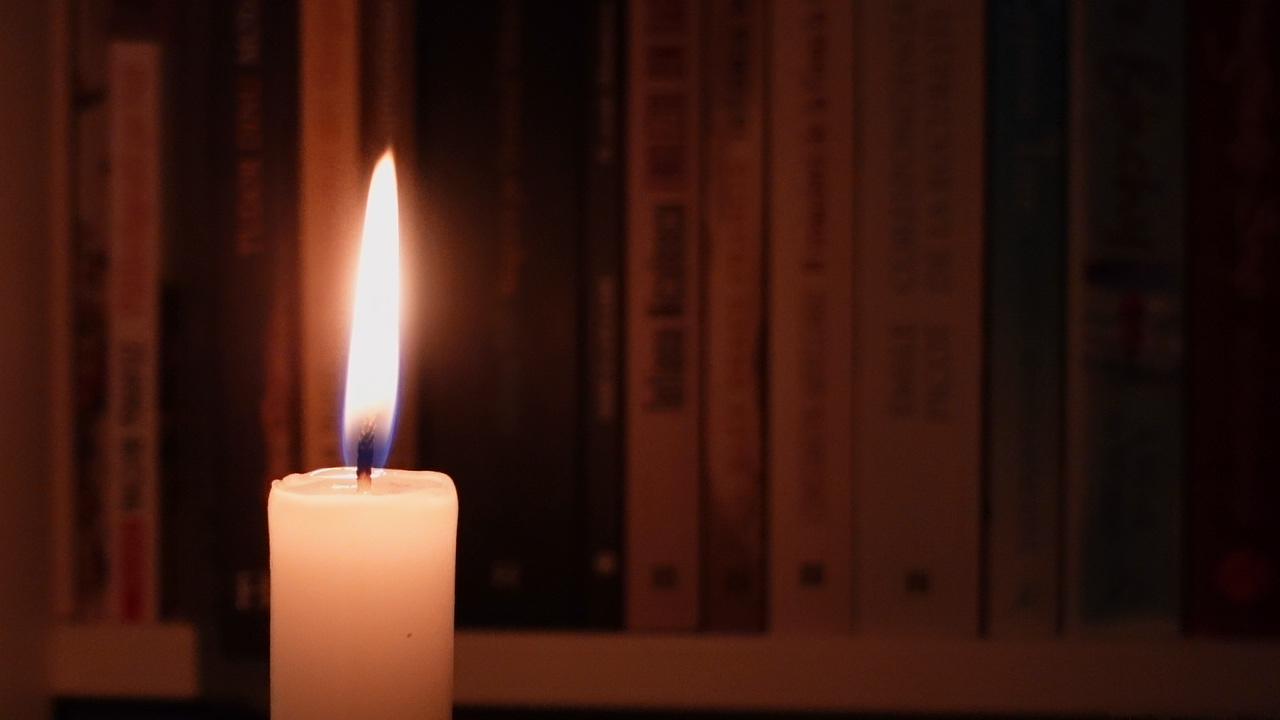
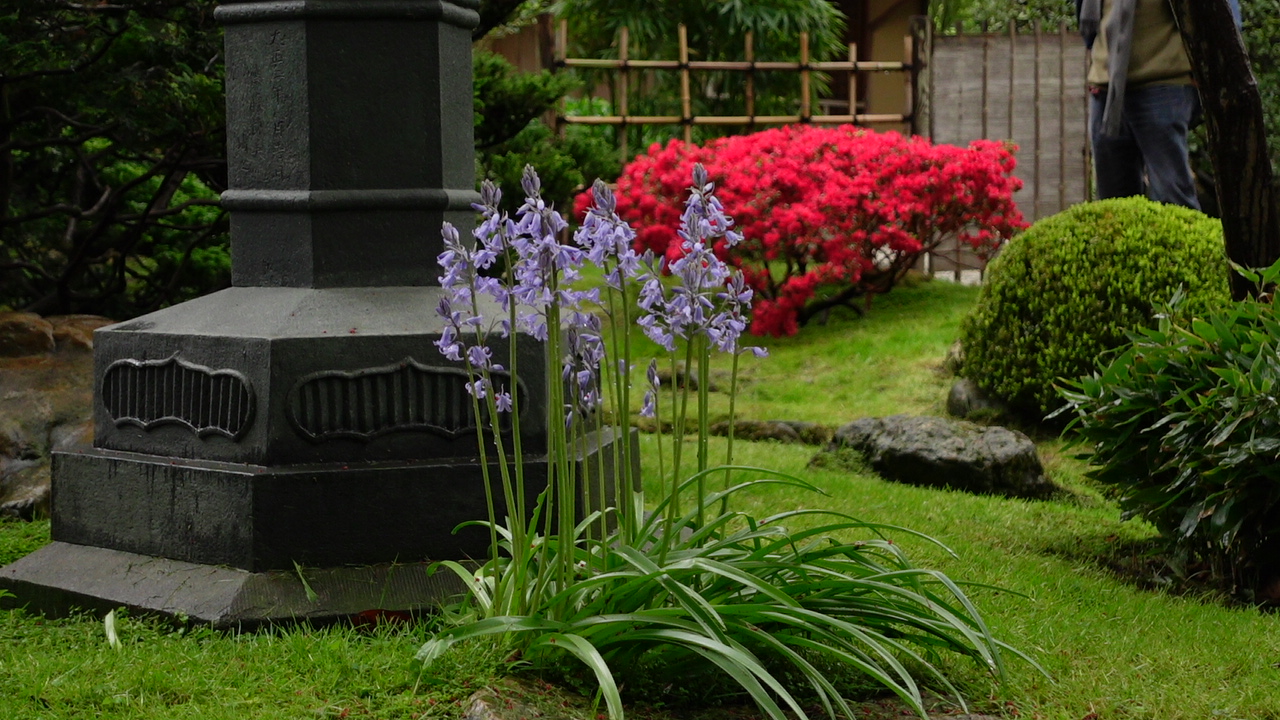
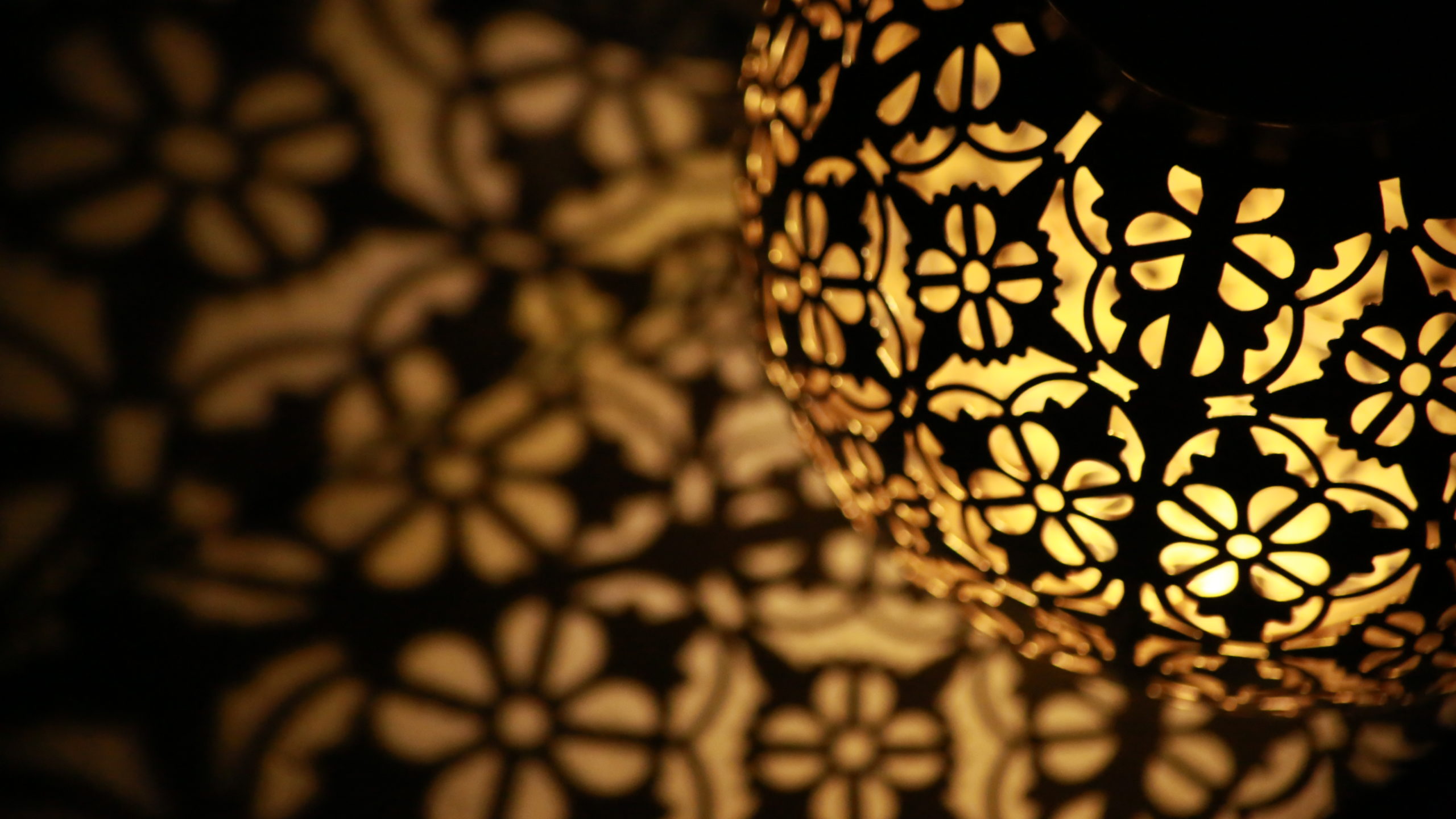
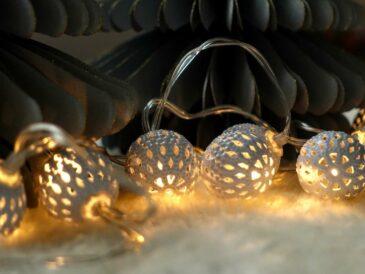
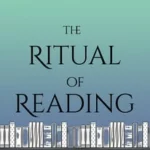

2 Comments
Thank you for this virtual visit of the pearl exhibition. For me, pearls awaken a childhood memory of a camée brooch that my mother used to wear, the profile of a young woman in a black stone (maybe onyx), with an oval of small delicate pearls surrounding it. I feel like a young girl again, remembering what it was like to discover treasures in mom’s jewelry box.
Such a beautiful memory of pearls, thank you for sharing !